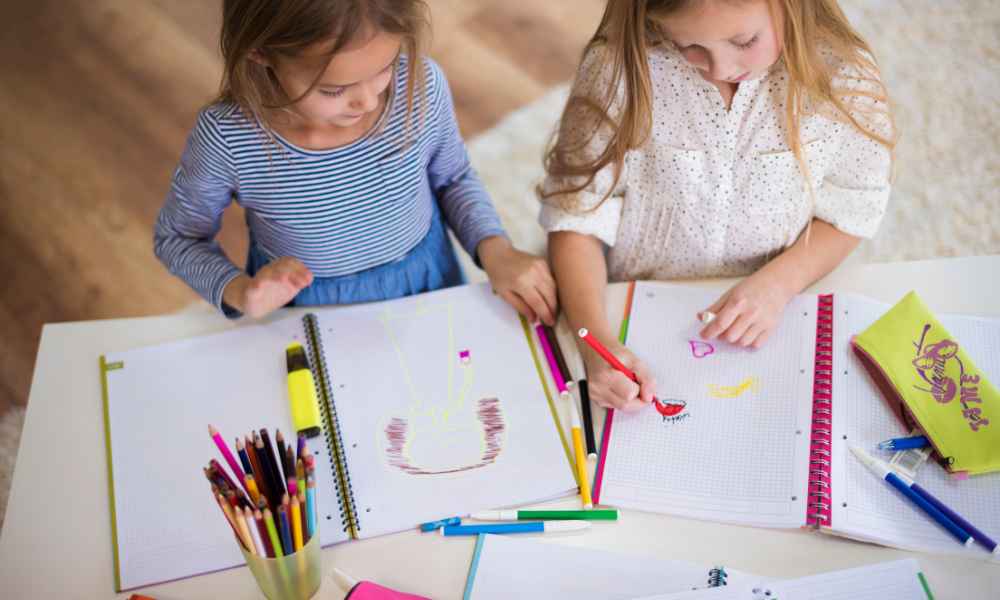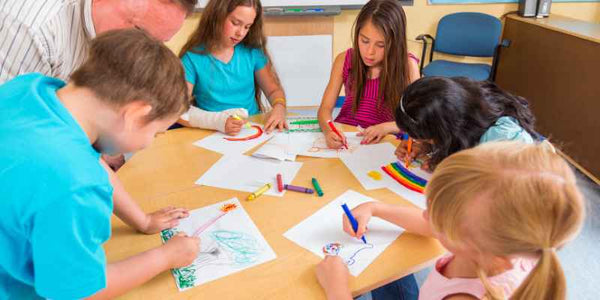
Engaging children with learning disabilities in art-related activities can be a powerful tool for their personal and social development. Children with learning disabilities can face challenges in traditional academic settings, but the arts provide an avenue for self-expression, a boost to self-esteem, and a myriad of learning opportunities that can complement their educational journey. This article from The Smelly Panda Soap Company aims to share strategies on how parents and caregivers can effectively involve children with learning disabilities in arts, promoting their creativity and enriching their learning experiences.
Seek Art Classes Designed for Learning Challenges
Start by searching for art classes specifically designed for children with learning disabilities. These classes are often structured in a way that takes into consideration the unique learning styles and needs of these children, providing them with a safe and comfortable environment to express their creativity. Trained instructors can help them explore different art forms at their own pace, minimizing the stress and pressure they may experience in other learning environments.
Use Visual Aids and Do Hands-On Activities
Art education for children with learning disabilities should be highly visual and tactile. Using visual aids and hands-on activities can significantly aid the teaching and learning process. For instance, visual step-by-step guides on painting a picture or sculpting a clay model can be more beneficial than verbal instructions. Tactile experiences, like molding clay or creating collages from different materials, engage multiple senses and can make learning more enjoyable and memorable.
Encourage Artistic Experimentation
Every child has their unique artistic flair. To discover this, let children experiment with various forms of art, such as painting, sculpture, digital art, or photography. This allows them to explore their strengths and preferences, fostering an environment where they feel free to express their creativity. Remember, the goal is to boost their confidence and help them find their unique voice through the arts.
Integrate Music Therapy
Art is not just limited to visual expression; auditory stimulation can also be a powerful tool in a child’s creative journey. Consider incorporating music therapy into art sessions. Music has been found to improve focus, enhance creativity, and provide emotional support. Moreover, combining art and music can create a dynamic learning environment that is enriching and fun.
Create a Space for Artistic Pursuits
If possible, dedicate a space at home for the child's artistic endeavors. This area should be inviting and stocked with various art supplies that cater to the child's interests and abilities. Having a designated space demonstrates your support for their artistic journey and encourages their continuous engagement with the arts. It also increases your home’s resell value.
Celebrate Effort and Progress
When it comes to assessing a child’s artwork, the focus should be on their effort and progress, not just the final product. Celebrate small victories and improvements, and always provide constructive feedback. This helps cultivate a growth mindset and helps children understand that progress, not perfection, is the true measure of success.
Adapt Art Tools for Physical Disabilities
If a child with learning disabilities also has physical disabilities, ensure that adaptive art tools and equipment are available. This can range from specialized paintbrushes to adjustable easels and tables. These accommodations can provide an inclusive environment that allows every child to participate fully and express themselves creatively.
Explore Art as a Business
For those children who demonstrate a strong interest and talent in art, consider exploring the possibility of starting an art-related business. This could be an opportunity to sell their artwork or teach art classes to peers. This validates their talents and gives them an inclusive and fulfilling way to interact with their community. Start strong by working with a formation service to set up an LLC.
Empowering children with learning disabilities through the arts is a journey of discovery, creativity, and personal growth. By following the strategies outlined in this article, parents and caregivers can provide an enriching, supportive, and inclusive environment that helps these children thrive in their artistic endeavors, boosting their confidence and transforming their learning experiences. The arts can offer children with learning disabilities a platform for self-expression, a pathway to connect with others, and an opportunity to shine in their unique way.

Don Lewis
Guest Post/Writer
Ability Labs


